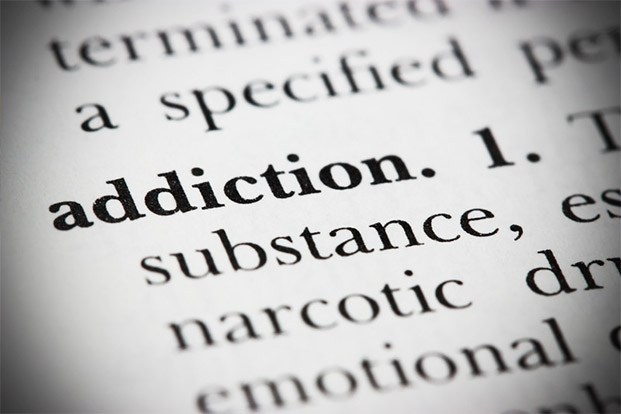Protect your Children from Drug Addiction
Apr 19, 2022
Drug addiction is seen as many different things: a social ill, a personal vice, a genetic frailty. Basically on World Anti drug Abuse Day we want people to know that, above all, it’s a Brain Disease.
Drug abuse is a major societal problem that damages individuals and communities psychologically, physically, socially, and economically. One way to mitigate these consequences is to prevent drug abuse before it starts, and there is good evidence that this can be done effectively.
Substance abuse overlaps significantly with learning disabilities and behavioral disorders such as Attention-Deficit/Hyperactivity Disorder. It’s important to raise awareness among parents and those involved in special education of a possible link between learning disabilities and substance abuse.

Most commonly, the illicit drug of first use is Marijuana. Many adolescents who start using Marijuana at an early age progress to use of other drugs . Conversely, people who have never tried Marijuana and inhalants are unlikely to try other drugs. Thus, preventing use of Marijuana appears to be a powerful means for preventing other drug use.
Inhalants are another class of illicit substances of first use for many adolescents. Unlike marijuana, inhalants can have very immediate and serious physical consequences for users.
Both the variety of inhalants used and the proportion of young people who have used them have risen dramatically in the past few years .
Targeting young adolescents, however, requires commitment to a relatively long time frame. Drug use prevalence begins to increase dramatically during the middle-school years.
Although most parents recognize the seriousness and pervasiveness of adolescent drug use, they tend to underestimate or deny the possibility that their own children might use drugs. It seems that parents are well aware of the fact that licit and illicit drugs are commonly used by teenagers, but relatively fewer parents believe that their own children participate in these activities. The impact of anti-drug messages is attenuated by this “self-positivity” bias—a general underestimation of the probability of “bad things” happening to oneself or to one’s family .
Unless drug prevention messages are seen as personally relevant, parents and caregivers are unlikely to heed the call to action.
To achieve this communication objective, One way to do this, for example, is to simply call attention to the fact that parents are likely to incorrectly conclude that their children are not at risk. Another technique is to encourage parents to recall other specific instances when their child surprised them by doing something he or she was not supposed to do.
Its important to emphasize the benefits of remaining drug-free and celebrate the attitudes and behaviours of teenagers who have managed to stay off drugs. The idea is to convey a range of short- and long term benefits of a drug-free lifestyle, and to portray such a lifestyle as being “cool” and attractive.
For high school-aged adolescents, it is also important to emphasize that Marijuana is not a solution to life’s problems and stresses. In fact, it can actually worsen some of the common problems of adolescence—academic and extracurricular challenges, disagreements with parents, and peer relationships. Instead, adolescents should be encouraged to avoid the escapism of drugs and to work towards constructive solutions to their problems.
They say that Charity begins at home, hence one advice to all parents is to keep a look out at their children, catch them when they have just begun, ensure that the best remedial action is given to them and lastly consult experts if you detect any abnormality.




